Growing Solutions Restoration Education Institute
2025 Growing Solutions Update
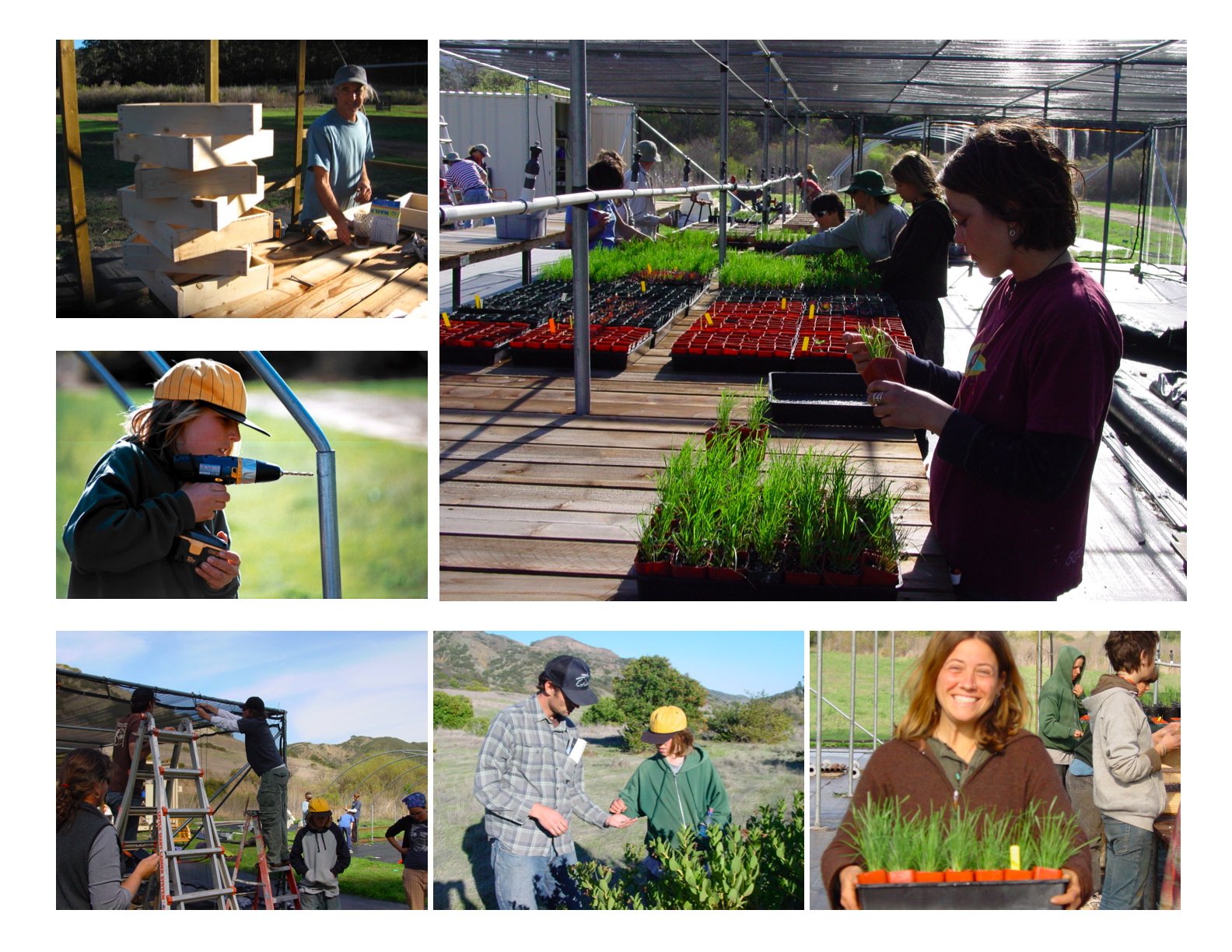
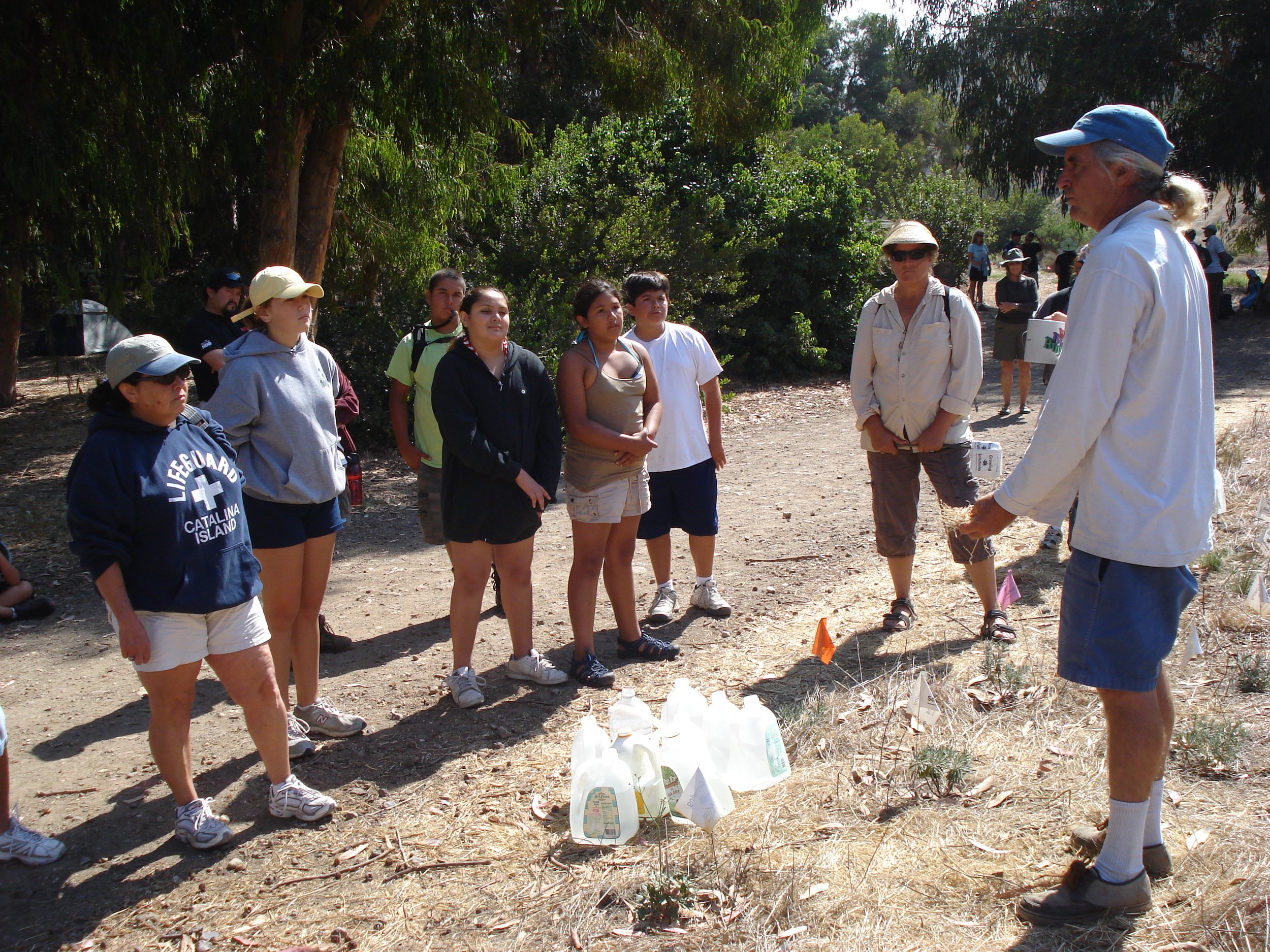
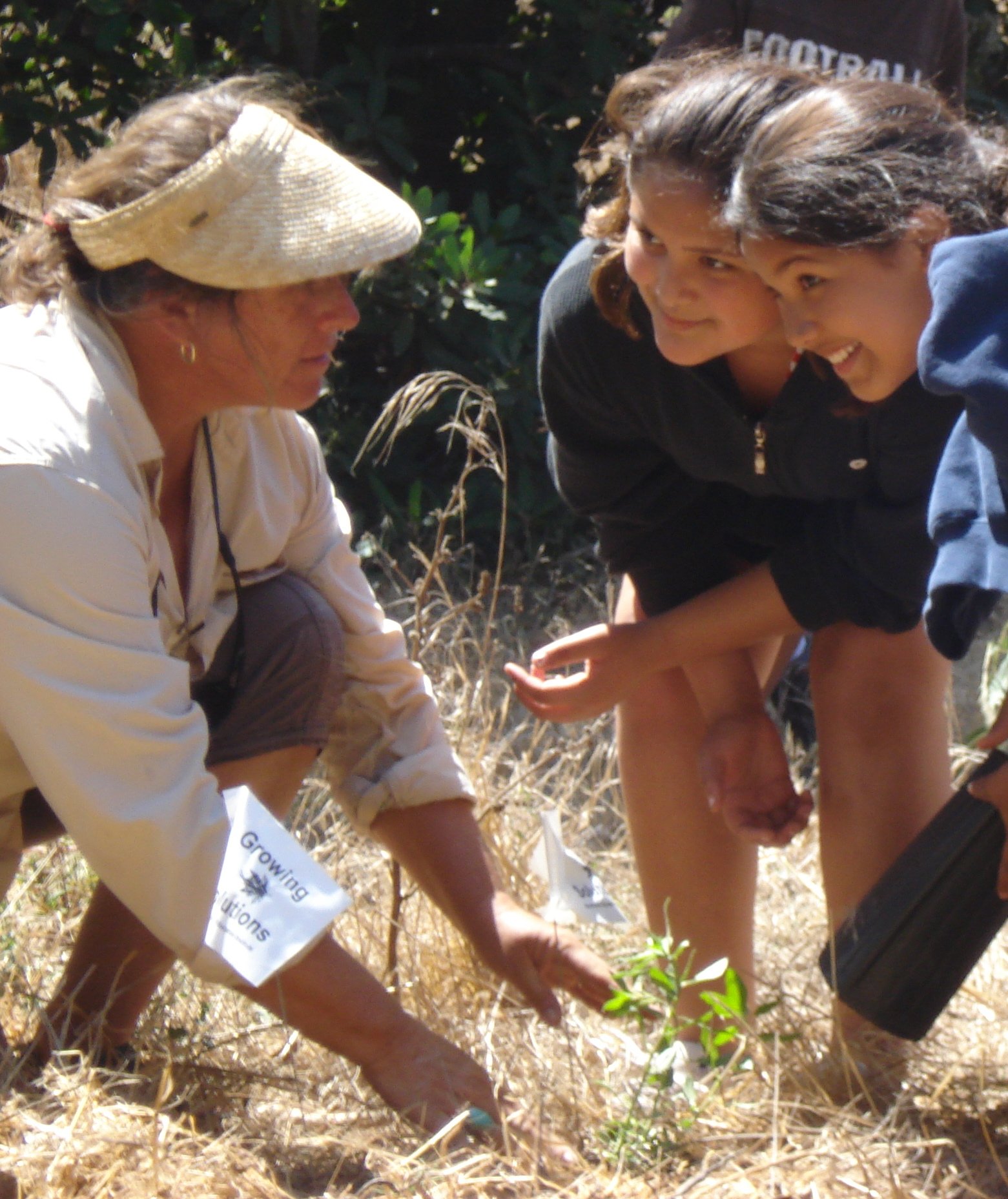
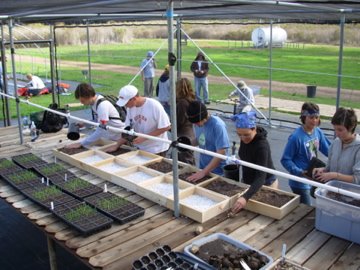

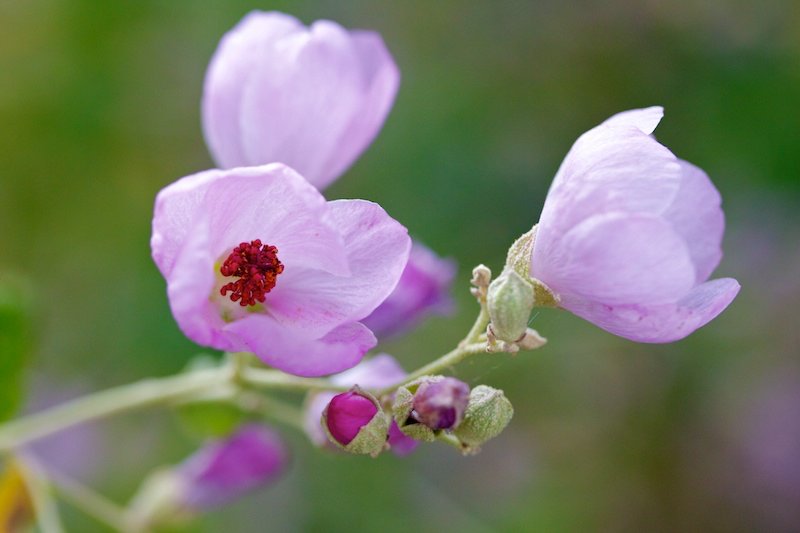
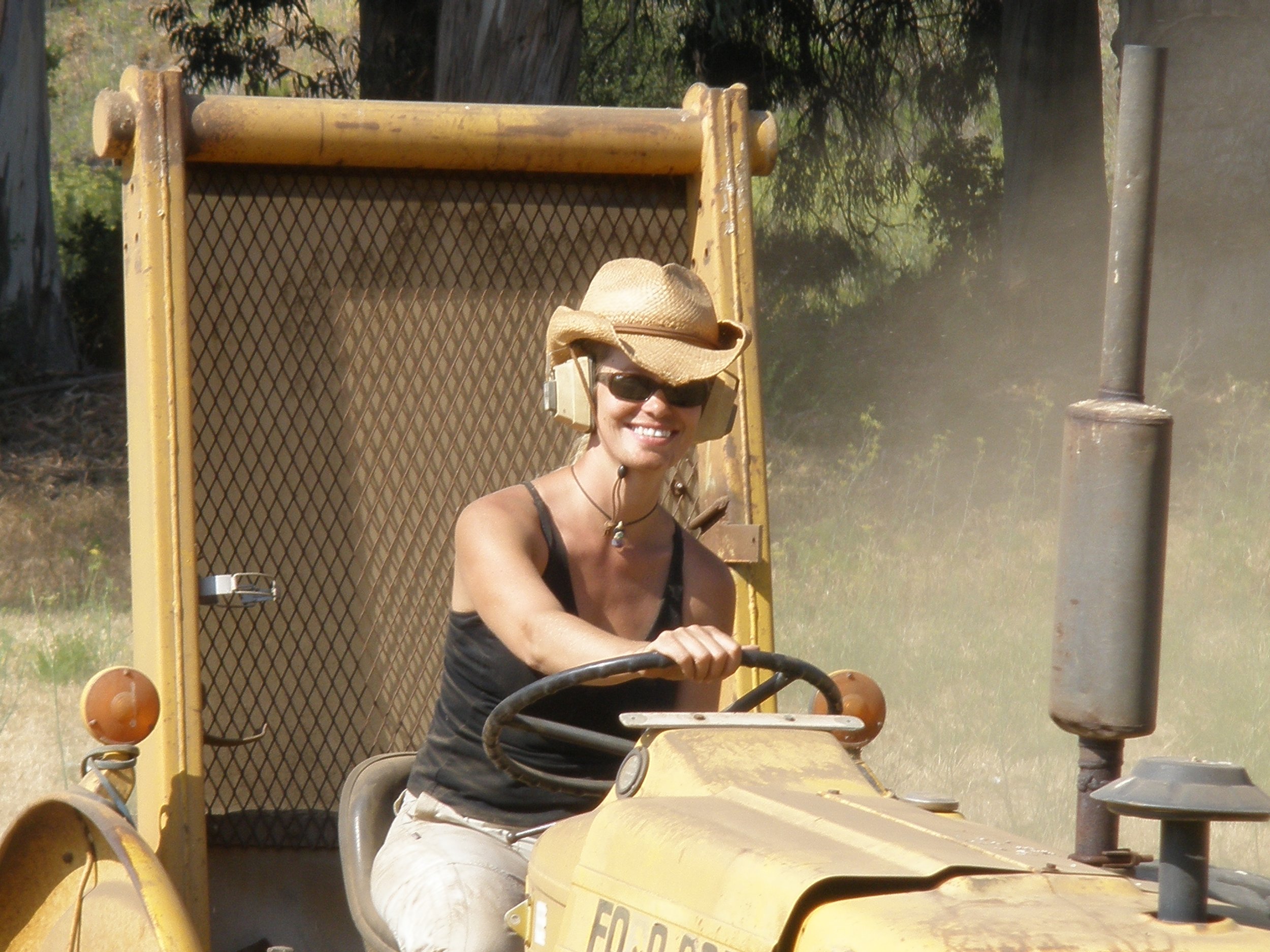
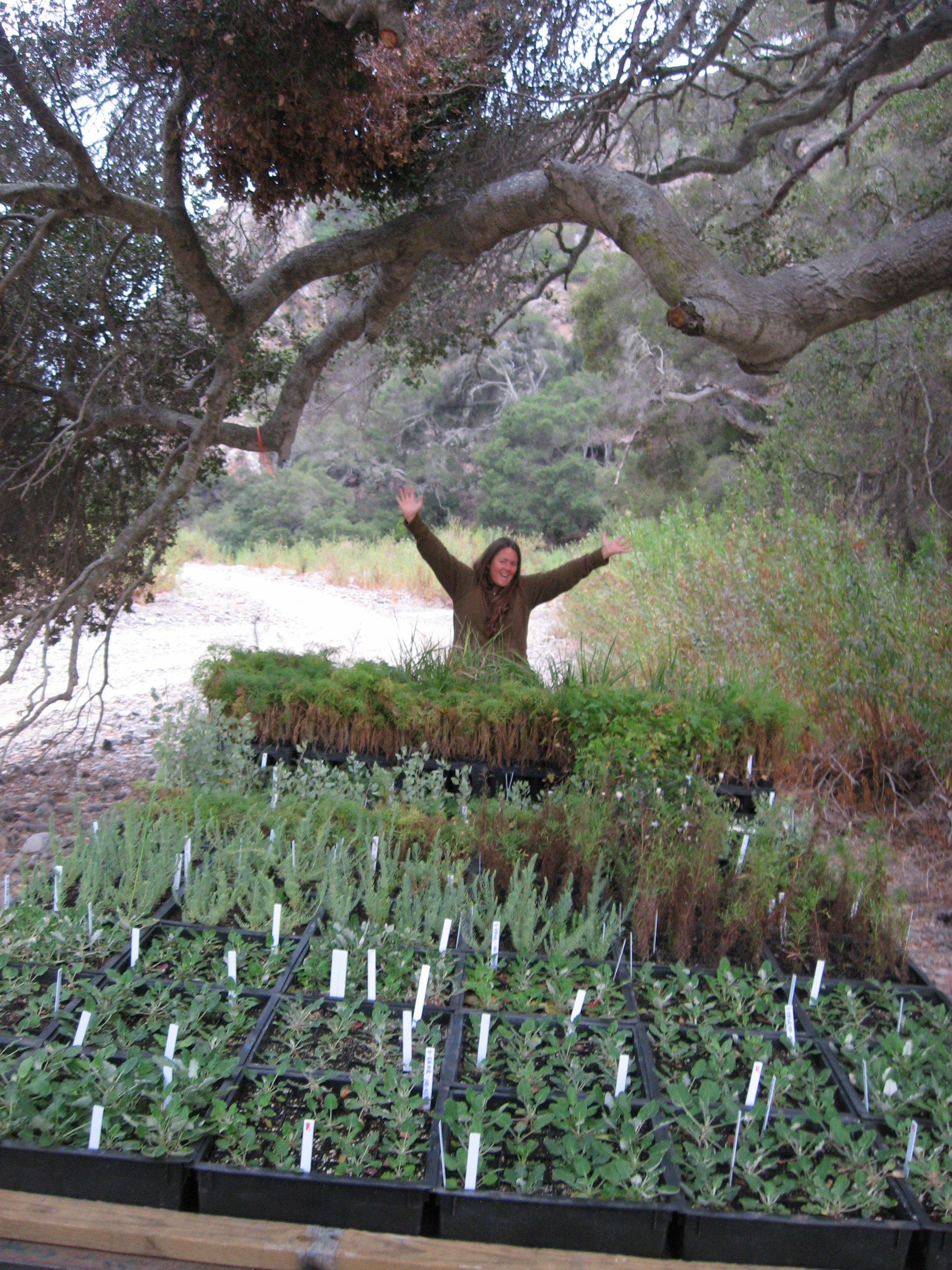
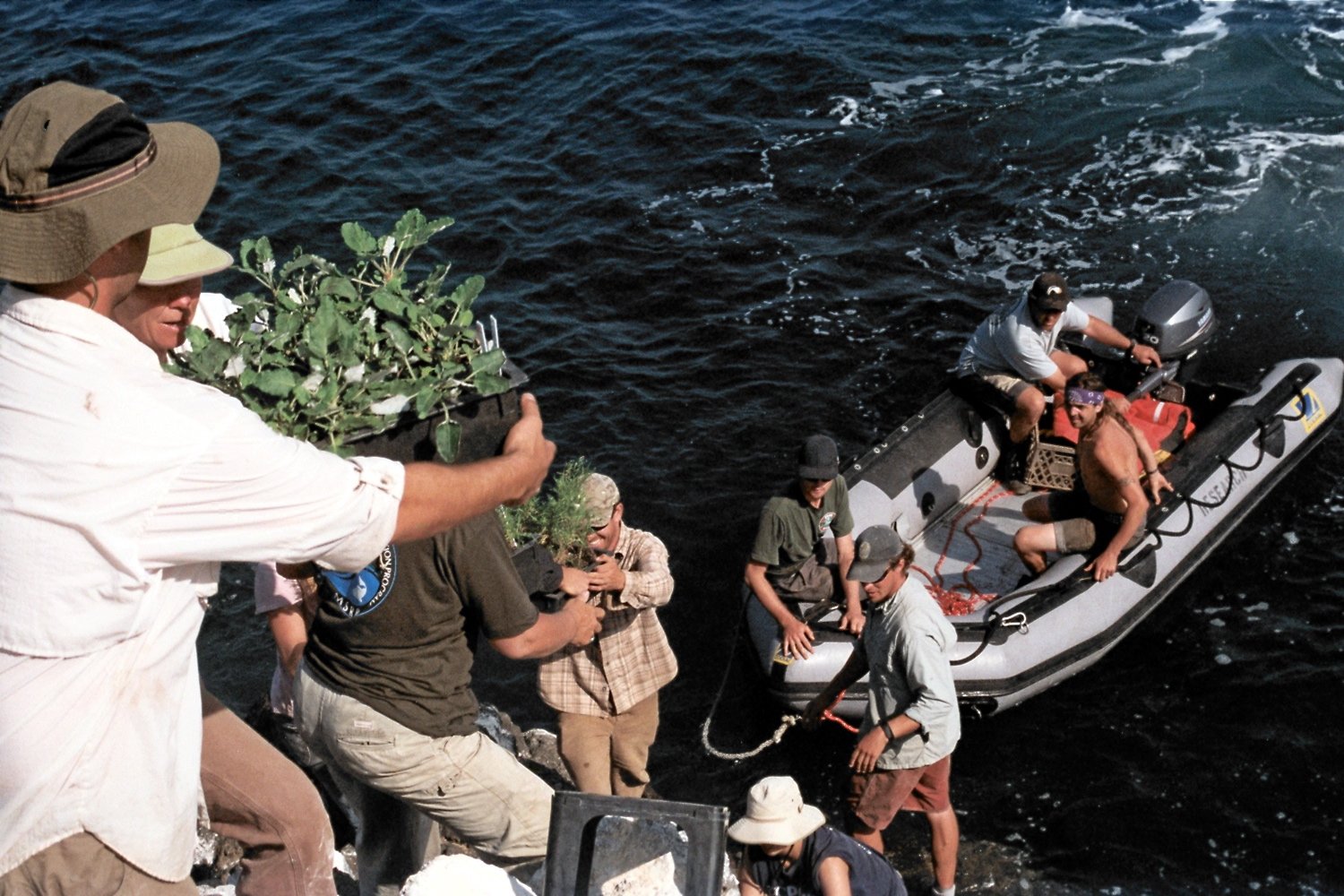
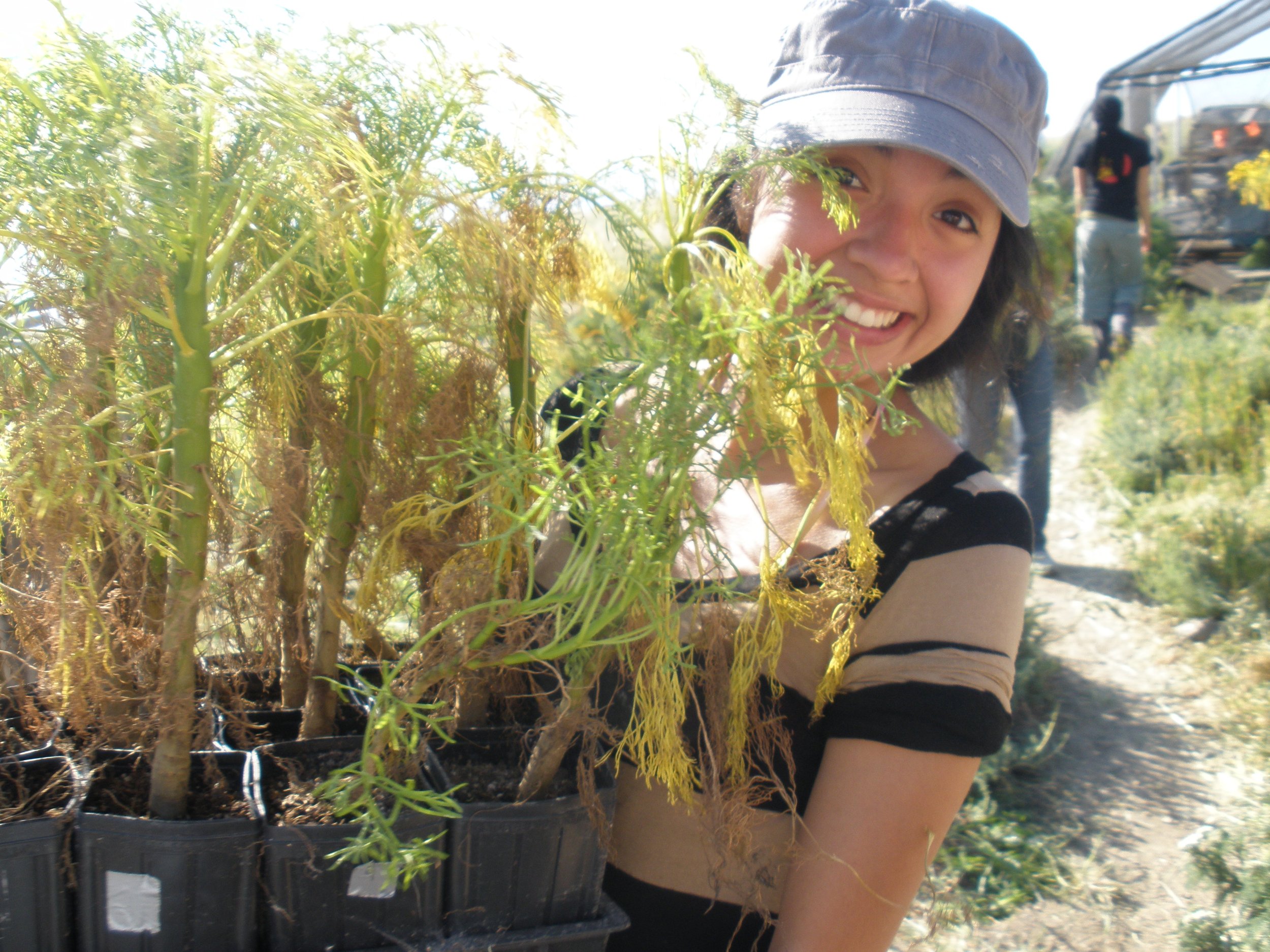
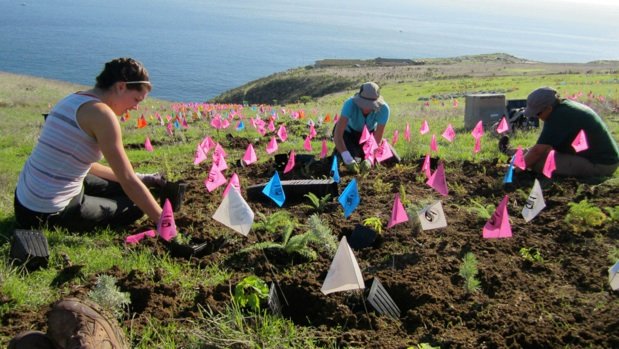
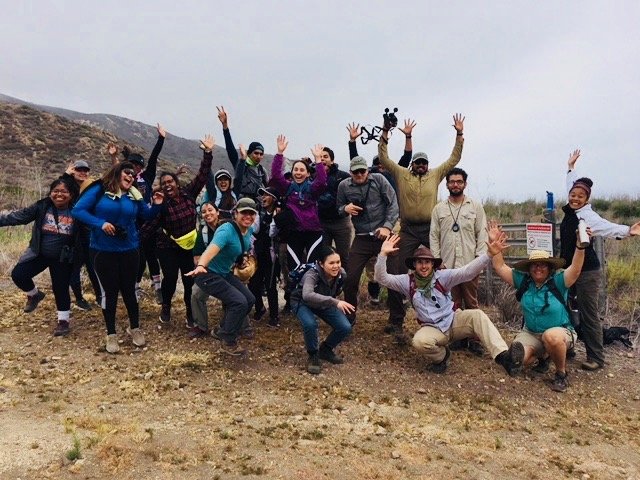
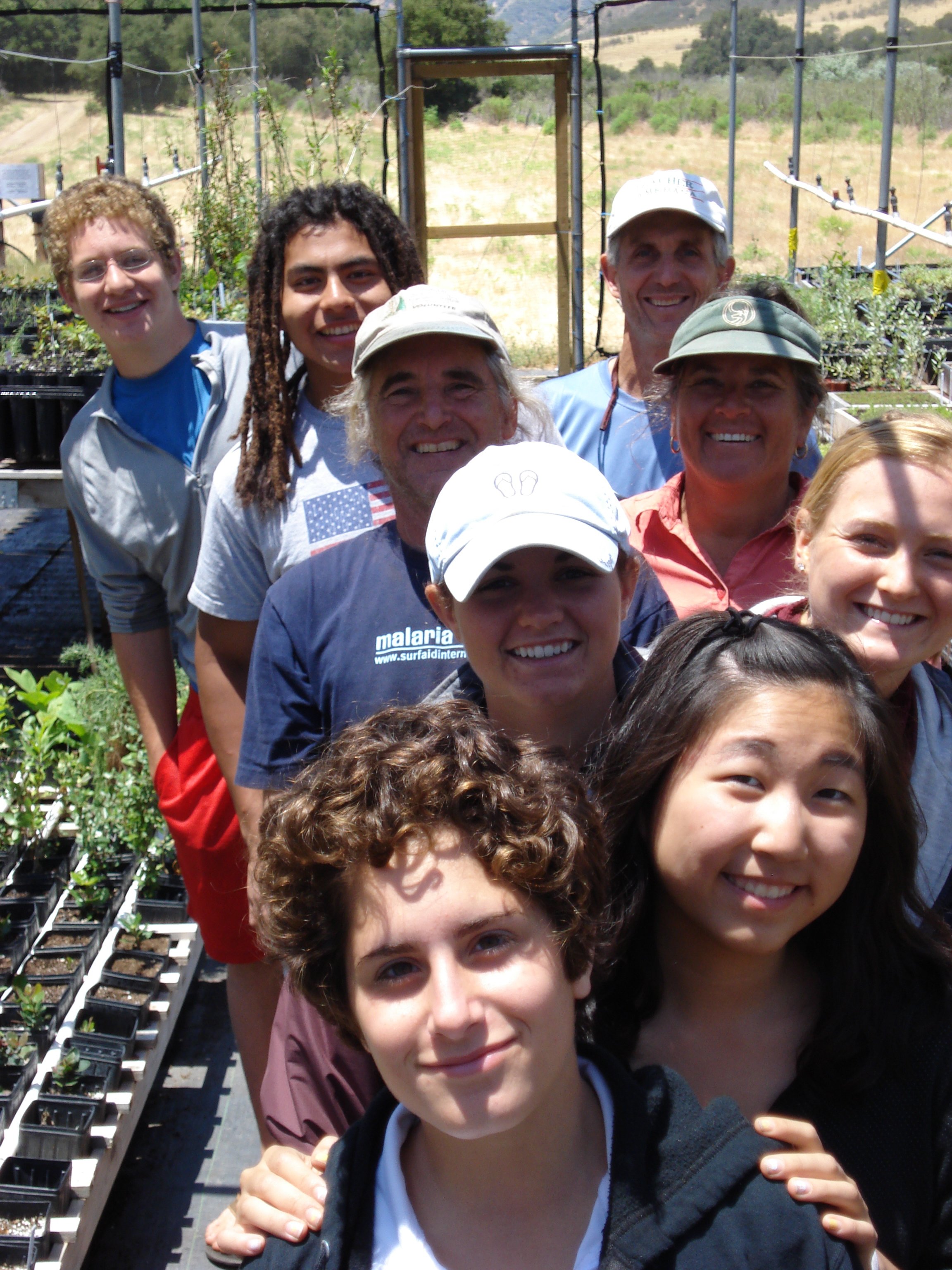
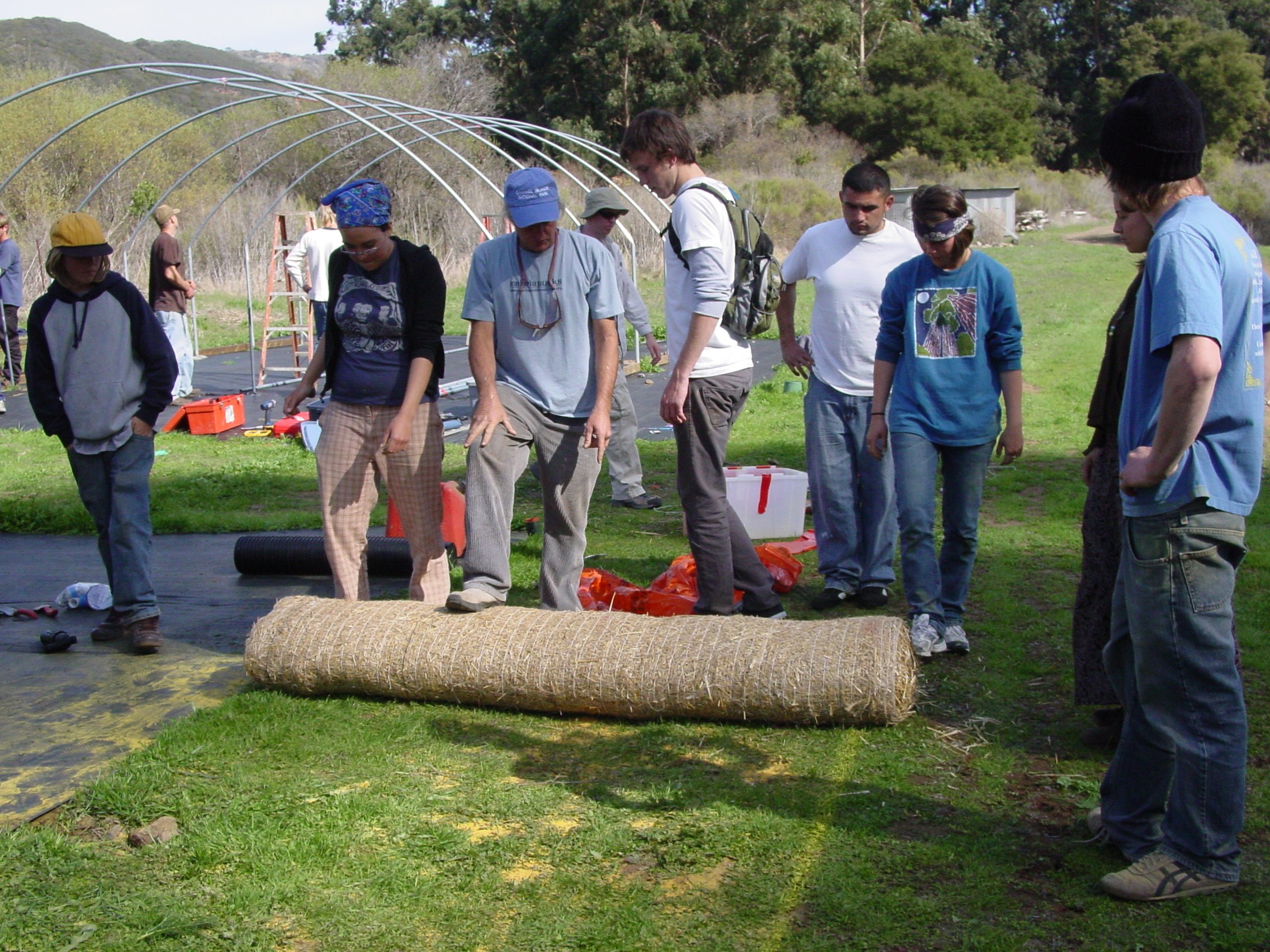
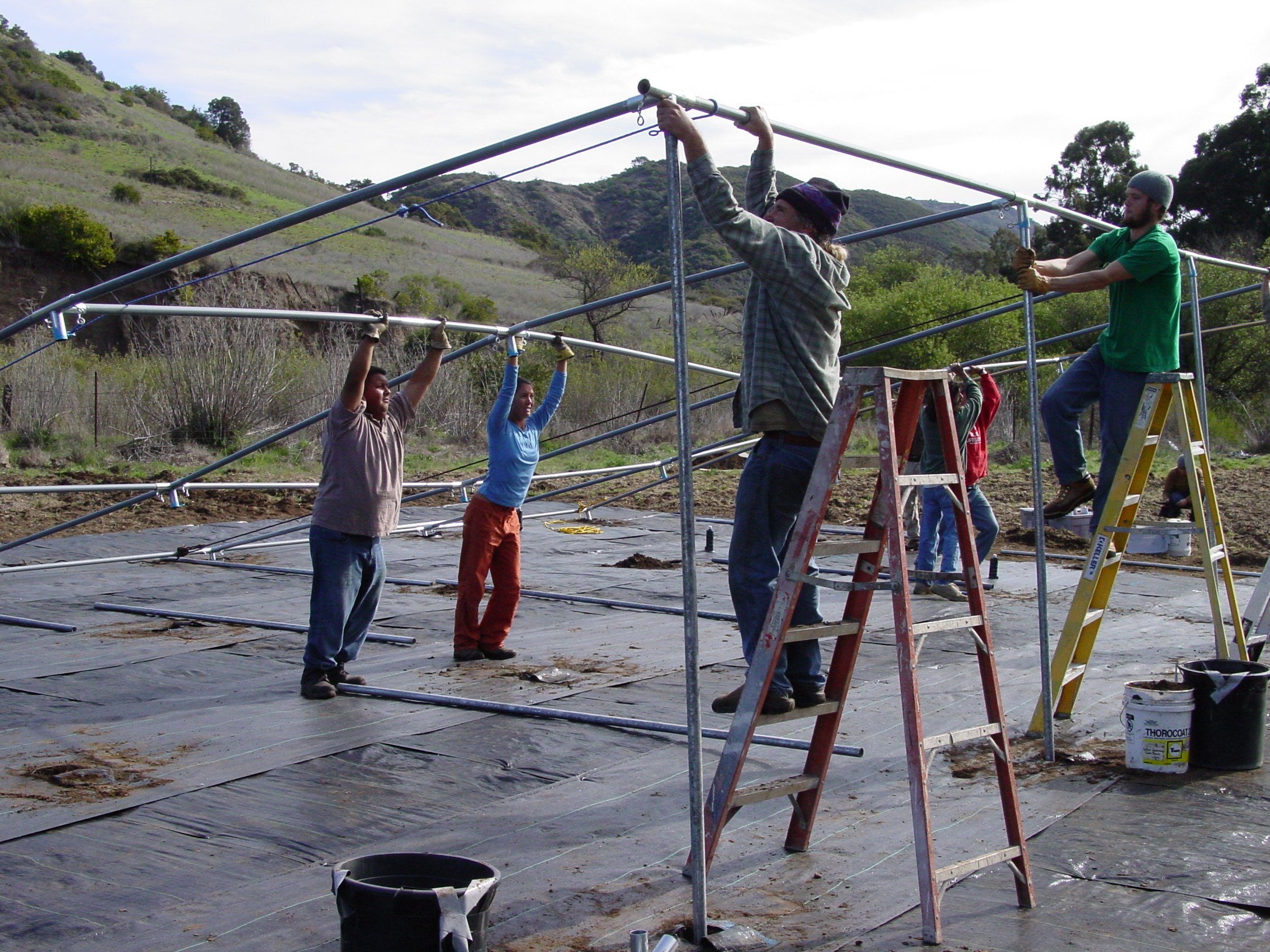
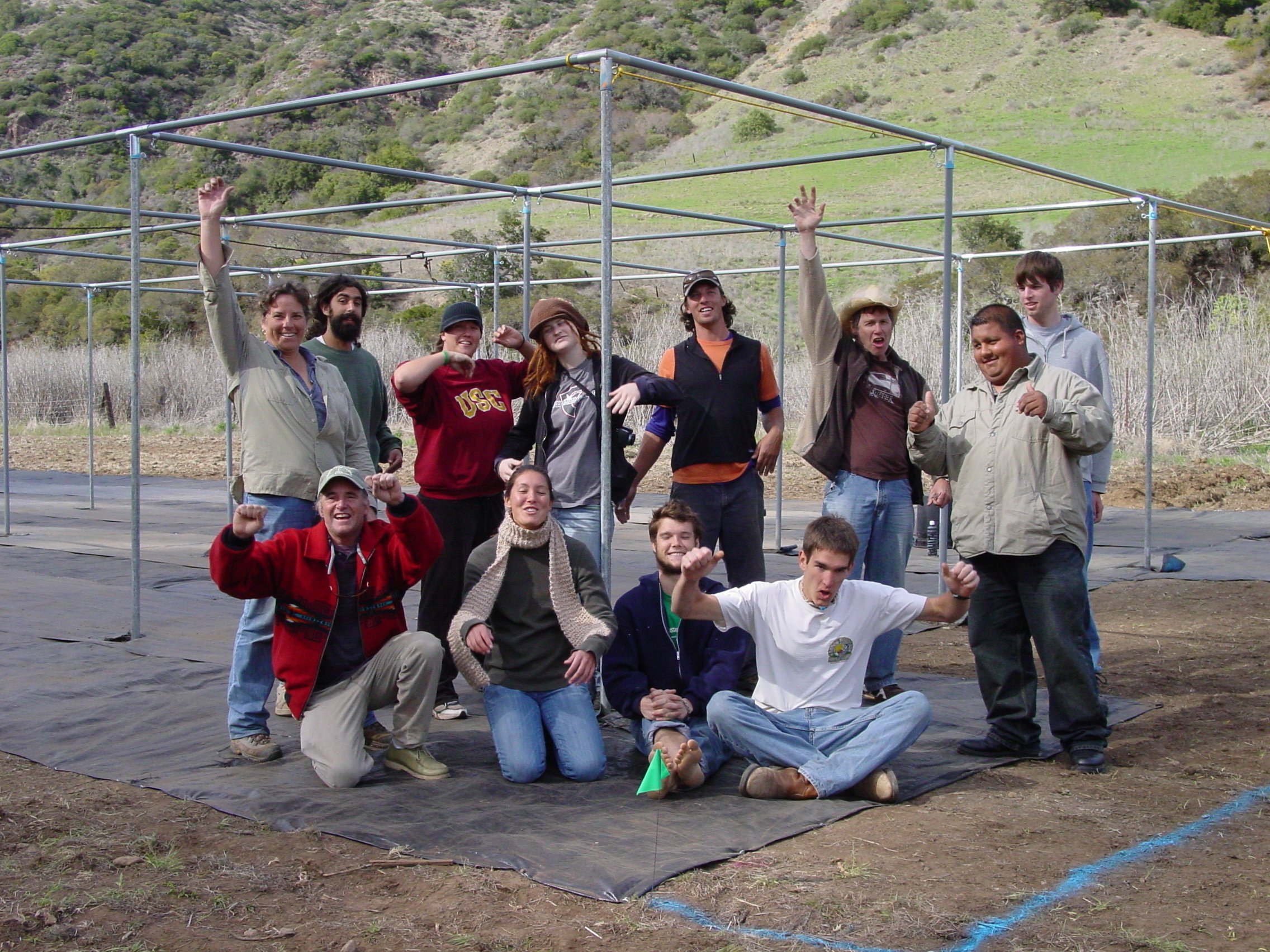
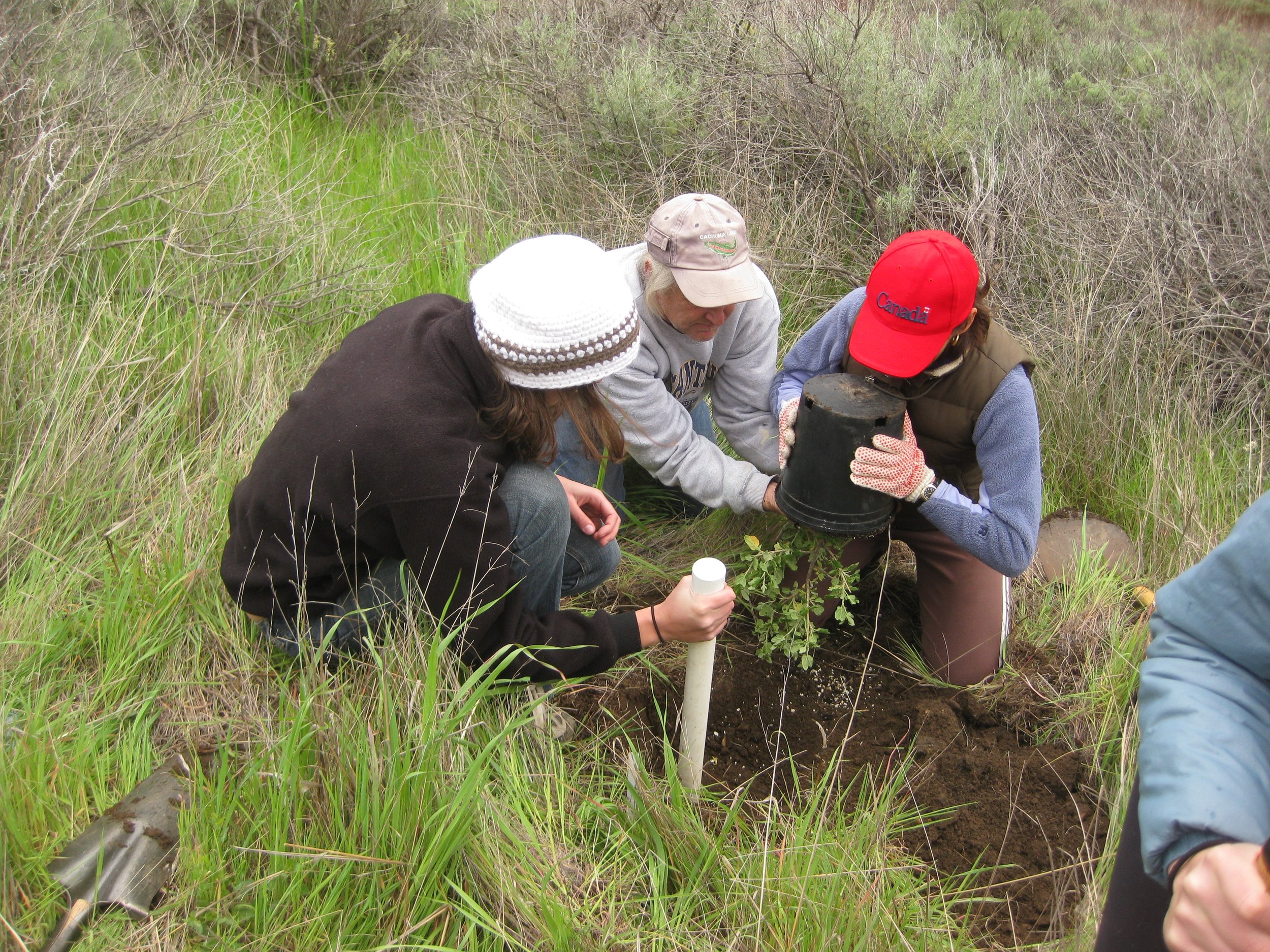
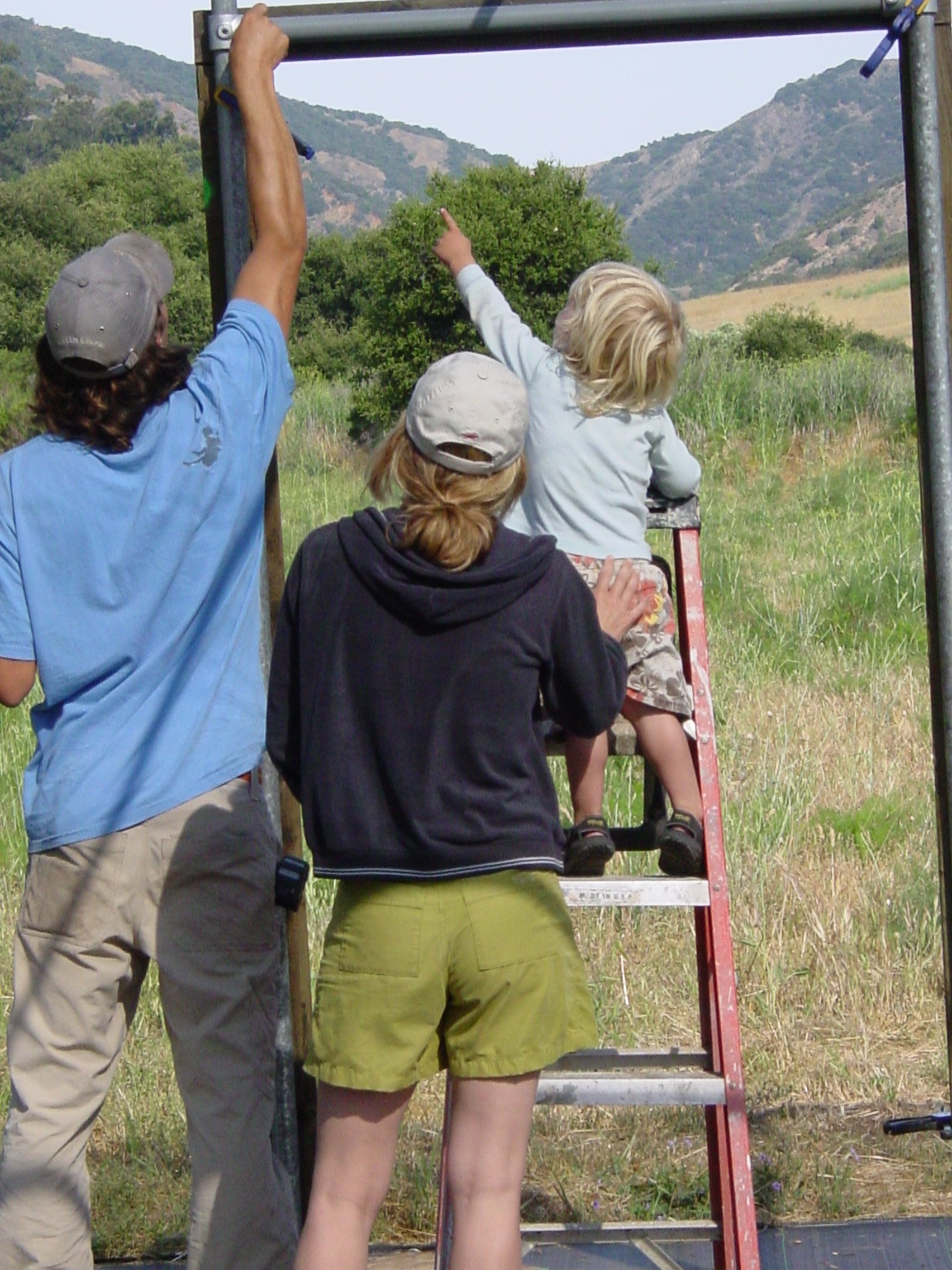
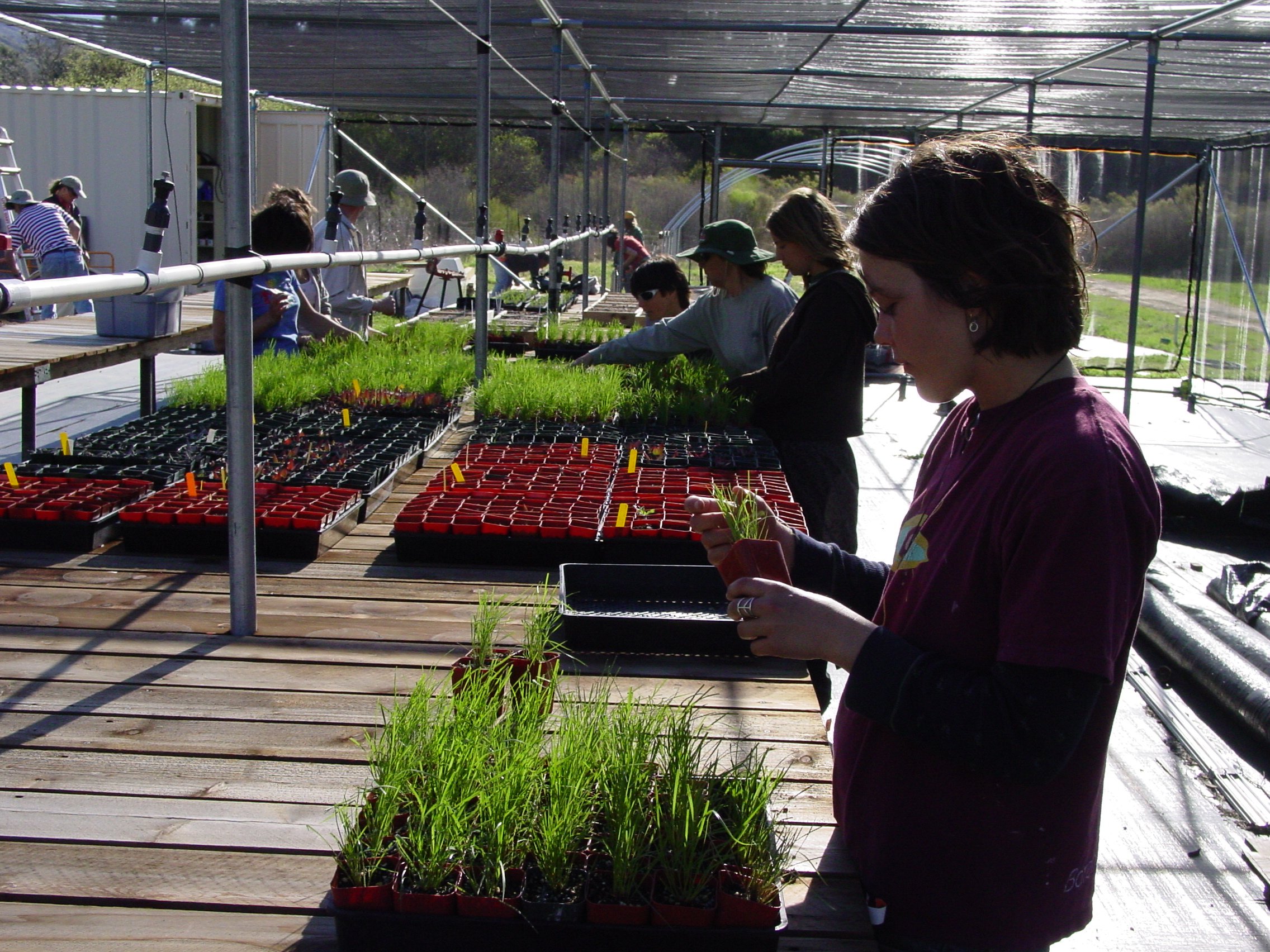
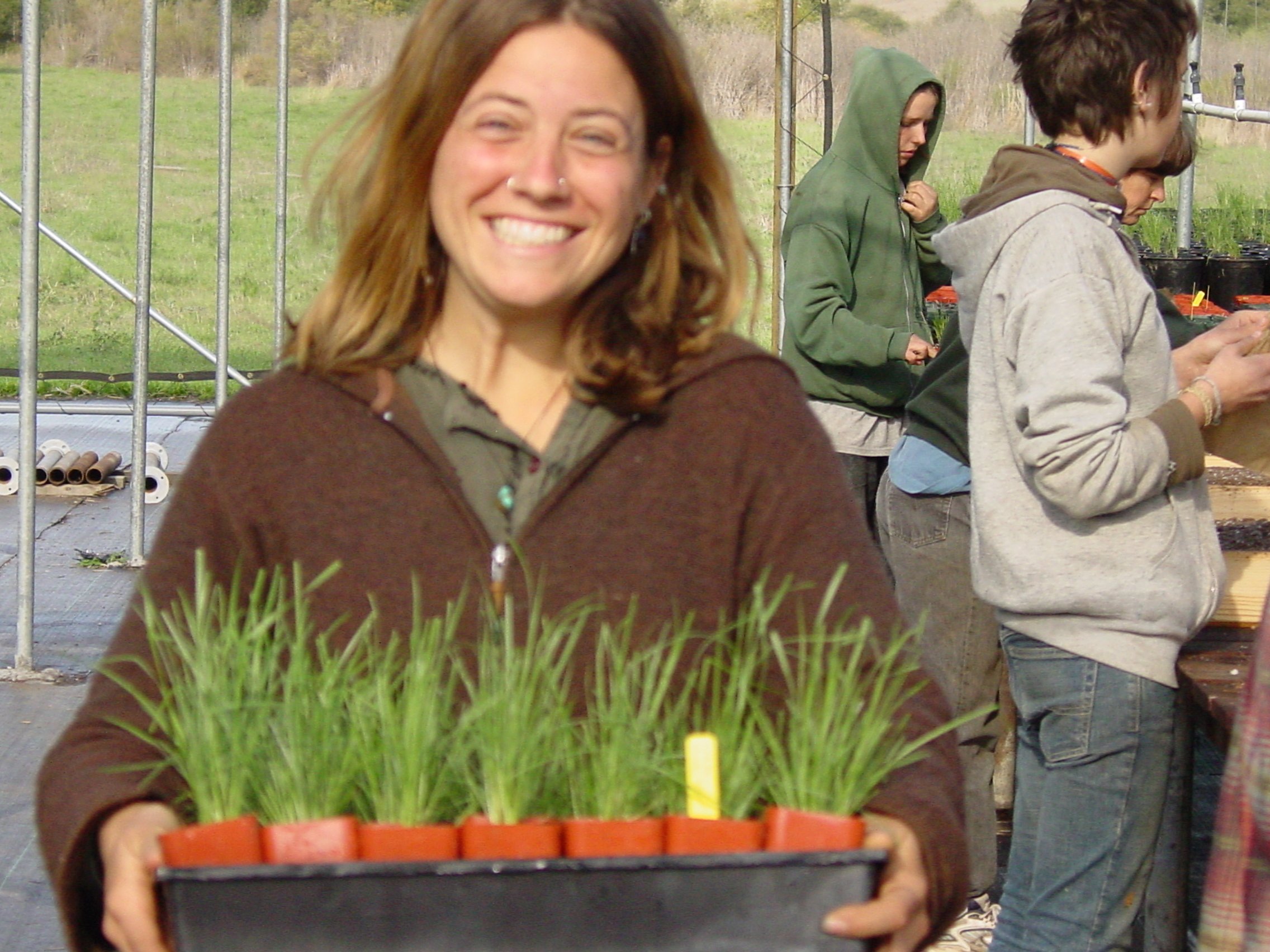
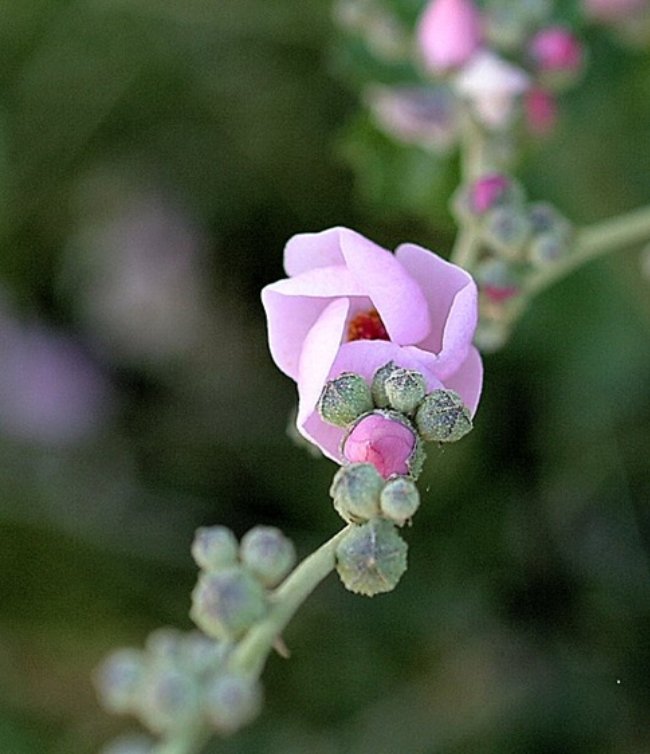
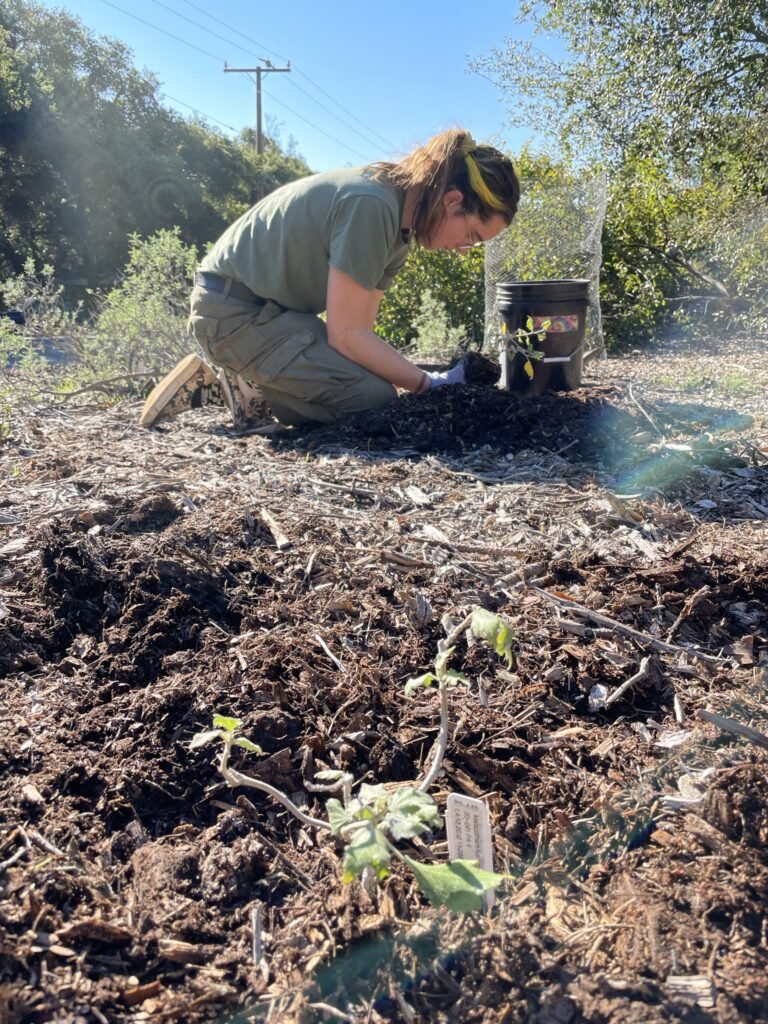
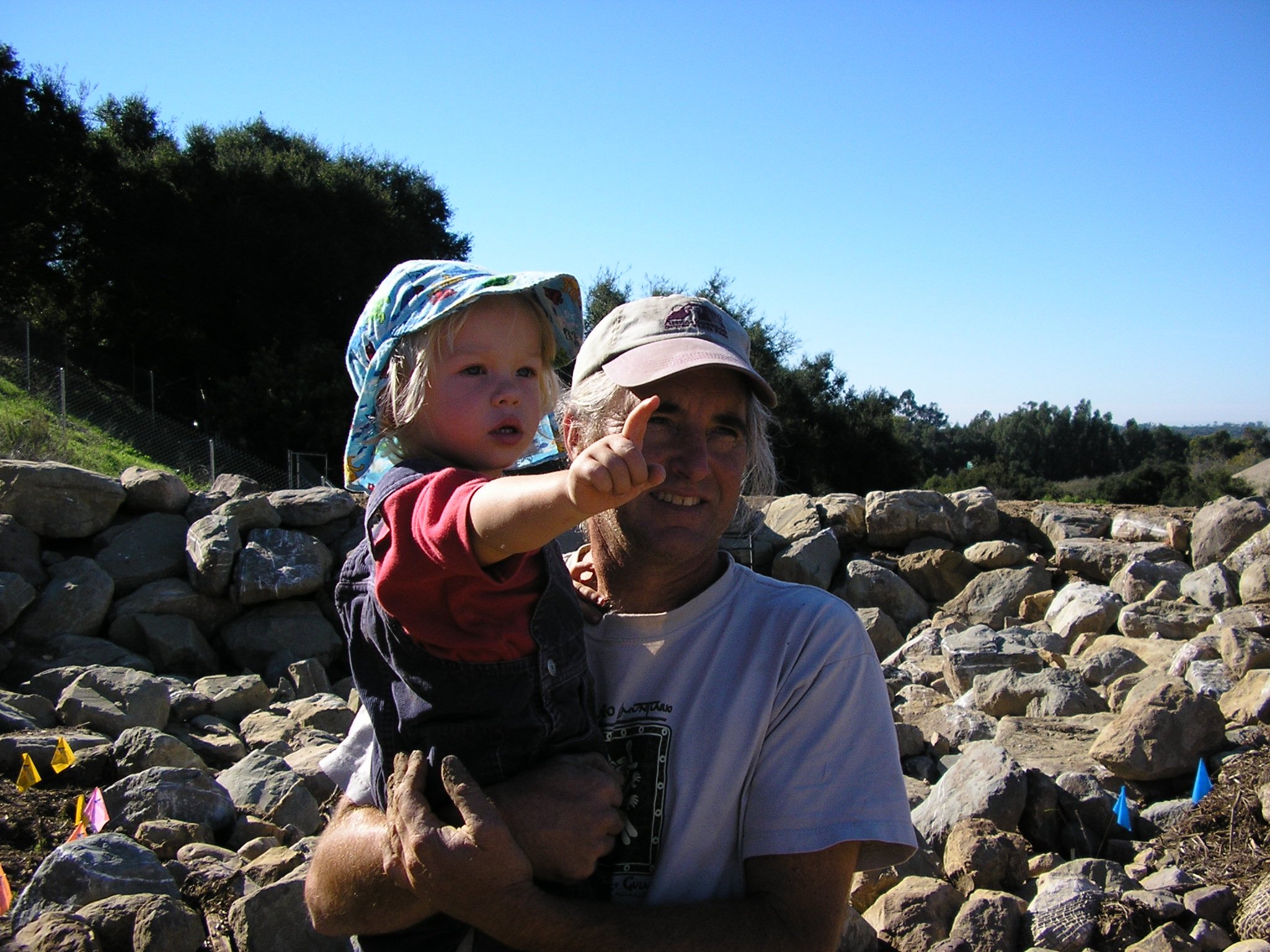
Restoring Rare Trees, Restoring Hope
Hello Growing Solutions Friends and Supporters,
I wanted to share a special moment from a recent volunteer trip to Santa Rosa Island (SRI), where my family and I joined others in surveying, maintaining, and expanding the generational Cloud Forest Project.
The Cloud Forest, perched near Black Mountain (elevation 1,300 feet), is a rare stand of tall oaks and pines—remnants of a much larger forest that once stretched across the island’s high ridges. These ancient oaks, some with massive gnarled trunks measuring eight feet in diameter, have been standing for centuries, surviving on the misty embrace of heavy Pacific fog. That fog condenses on the leaves like gentle rain, delivering over 60 inches of moisture each year to an island that typically gets just 15-16 inches of actual rainfall. This steady fog-drip keeps the leaf litter cool and damp, creating a nursery for new tree seedlings and a host of native chaparral plants like Summer Holly and California Lilac, which help stabilize the soil and prevent erosion. It’s an incredible, self-sustaining microclimate—delicate, resilient, and literally the last of its kind. Click on the short video below to see how this amazing habitat functions…
Back on the mainland, my granddaughters have been learning about climate change and its impact on a warming planet. That morning, as we hauled water, staked straw wattles, and planted native seedlings, our conversation drifted toward something deeper: how to navigate the constant flood of doom-and-gloom headlines designed to grab attention (and ad revenue). More importantly, we talked about how to push past the anxiety and fear—how to channel our energy, creativity, and resources into meaningful projects that give us hope, reflect our values, and, let’s be honest, are actually fun.
My daughter was grateful for the chance to let her city-raised kids unplug—literally. Their cell phones stayed behind at the field station (not that they would’ve had reception anyway!), and they got a dirt-under-the-fingernails intro to restoration ecology. I watched something click for them as they connected the dots: the hard, sweaty work of restoring this fragile ecosystem was a direct response to decades of damage from imported grazers—sheep, cows, elk, and pigs—that had trampled the land for over 150 years. They weren’t just learning about conservation; they were actively undoing history.
While the Cloud Forest is the most well-known SRI habitat, something amazing has been happening all over the island in the last two decades. Since the last of the imported herbivores were removed, nature has been staging an incredible comeback. In the more remote canyons, places once eroded down to barren rock have begun to fill with native shrubs, and what used to be dry, lifeless streambeds are transforming into meandering green corridors of life.
Takeaway: If we remove human-caused disturbances, nurture new growth and let nature heal itself, the results can often be profound and remarkable. The trick is to take a deep breath and let it happen on nature’s timetable, not ours. Restoration can begin small and incremental but as we’ve seen with our work on Santa Cruz Island with the Island Bush Mallow and seabird-habitat restoration on Scorpion Rock, the incremental can soon evolve into exponential over a cosmic eye blink of 15-20 years.
At Growing Solutions, our passion has always been the restoration of native habitats. Since 1998, we've worked to restore ecosystems while also educating and inspiring students in a living laboratory to pursue careers in natural resource management.
As an example, our former SBCC student Tamara Payton went on to complete her degree and is now a fully trained fish biologist. Tamara was hired by the Umatilla Tribe and is currently working on the ongoing Hidaway Creek salmon restoration, one of the many projects we've featured over the years on this website (see “News”). This project is now in its third phase. First phase was the classic “remove the disturbance”—in this case cattle grazing—by fencing the riparian corridor. Second phase: after watching the creek recover for a few years, it was determined that this high-value watershed (hosting numerous fish species including steelhead salmon) was due for a jump start. During the summer of 2022 the project received funding to strategically place logs in the creek to slow the flow and create “creek complexity”. Over time, as deep pools form and fine sand accretes around the logs, still-water pockets provide shaded nutrient-rich niches for all sorts of little critters to feed, breed and thrive. This in turn enhances the critical food web required by migratory fish to feed, spawn, and nurture the next generation.
Another initiative gaining momentum is the dune planting on the Santa Barbara waterfront. We are getting positive feedback from the community and hope that what started as a small mitigation effort will evolve into a full-fledged restoration project, embraced by the local community.
On the organic farming front, we’re seeing growing interest in northeastern Oregon, where conventional farmers are exploring organic practices based on good reports from other farmers. Certified-organic wheat fetches a premium price—up to three times per bushel paid for conventional wheat grown with chemical fertilizers and pesticides. It’s hoped that the financial incentives of going organic will spur long-time conventional farmers in the region to try going clean and green with a portion of their acreage. Besides a potential higher profit margin, the organic farmer is not having to pay for chemical inputs. The next steps will involve developing insectary hedgerows (to promote pollinators, “good bugs” and a dynamic healthy farm ecology) and establishing a new mill dedicated to processing certified organic wheat.
If there’s one lesson we’ve taken from all of this, it’s that the best way to make a difference is to choose something that matters to you—and contribute using the skills and resources you have.
Here’s to a year of rolling up our sleeves, getting a little dirty, and putting our hearts into work that matters.
Karen and Don
Restoration * Stewardship * Community
News
All the latest from the Thin Green Line of cutting-edge restoration ecology, and sustainable agriculture....